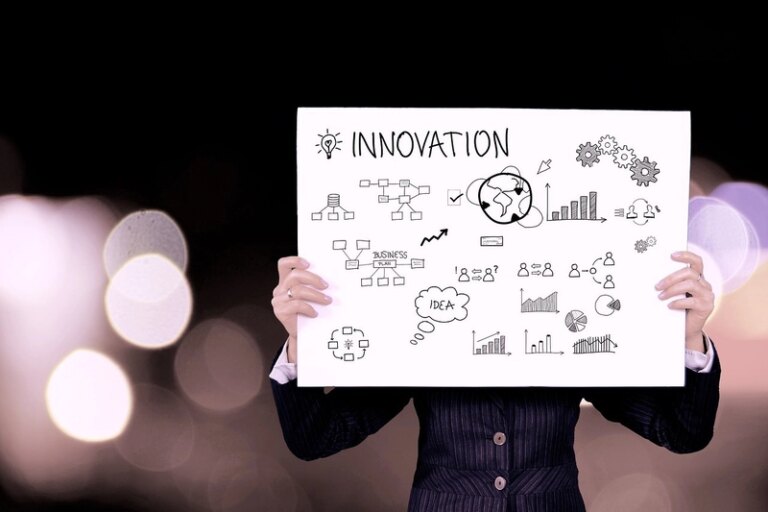Daily DSA and System Design Journal – 11
🧠 Day 11 — Adjacent Subarrays II & Event-Driven Systems 🚀
🧩 DSA Problems [1 hr]
Problem: 3350. Adjacent Increasing Subarrays Detection II
🧭 Intuition
This is the extension of the Day 10 problem — instead of checking if adjacent increasing subarrays exist, now we calculate the maximum possible value of k for which such adjacent increasing subarrays can exist.
To do that efficiently, you only need one traversal, keeping track of:
-
cnt— length of current increasing subarray -
precnt— length of previous increasing subarray
Whenever the sequence breaks, you swap and reset counts, updating your ans as the max of:
-
min(precnt, cnt)— previous and current adjacent segments -
cnt // 2— when both subarrays are within one long increasing sequence
💻 Code
class Solution:
def maxIncreasingSubarrays(self, nums: List[int]) -> int:
n = len(nums)
cnt, precnt, ans = 1, 0, 0
for i in range(1, n):
if nums[i] > nums[i - 1]:
cnt += 1
else:
precnt, cnt = cnt, 1
ans = max(ans, min(precnt, cnt))
ans = max(ans, cnt // 2)
return ans
🧩 Key Learnings
- Reusing logic from simpler problems to solve harder variants is true problem-solving maturity.
- Tracking previous states is often more efficient than recomputation.
- Pattern recognition in algorithms mirrors event tracking in systems — both rely on state transitions.
🏗 System Design — Roadmap.sh [1 hr]
⚡ Event-Driven Architecture
Event-driven systems are designed around reactions to triggers, not continuous polling or synchronous requests. Instead of waiting for something to finish, the system responds when something happens.
💡 How It Works
- Event Source: Something happens — user clicks “Place Order”, a file is uploaded, a payment is completed.
- Event Message: The system emits an event (like “OrderPlaced”).
- Event Queue or Broker: Middleware (like Kafka, RabbitMQ, or AWS SNS/SQS) transports the event asynchronously.
- Event Consumers: Background workers or services listen for specific events and react accordingly — sending emails, updating databases, or triggering other workflows.
🧱 Common Patterns
| Pattern | Description |
|---|---|
| 📨 Message Queue | UI or another service puts an event into a queue. Workers listen and process them asynchronously. |
| 💾 Change Data Capture (CDC) | Background job reacts to updates in storage or database tables. |
| 🌐 Webhooks / API Calls | One service triggers another by making HTTP requests or publishing an event. |
⚙️ Real-World Examples
- 🛒 E-commerce: “OrderPlaced” event triggers inventory update, payment capture, and confirmation email.
- 💬 Messaging apps: “MessageSent” event triggers push notifications to the receiver.
- 🧾 Finance systems: “TransactionProcessed” event triggers audit logs and downstream reconciliation.
🧩 Why Event-Driven Architectures Matter
| Advantage | Description |
|---|---|
| ⚡ Responsiveness | Systems react immediately when something happens. |
| 🧭 Scalability | Different services can scale independently. |
| 🔁 Loose Coupling | Services communicate through events, not direct dependencies. |
| 🧰 Resilience | If one consumer fails, events stay in the queue until retried. |
🧠 Reflection
Both today’s DSA and system design concepts highlight the power of state and sequence.
- In arrays → detecting transitions (increasing → reset).
- In systems → reacting to events (trigger → response).
Progress isn’t just about doing things — it’s about reacting better to change.

